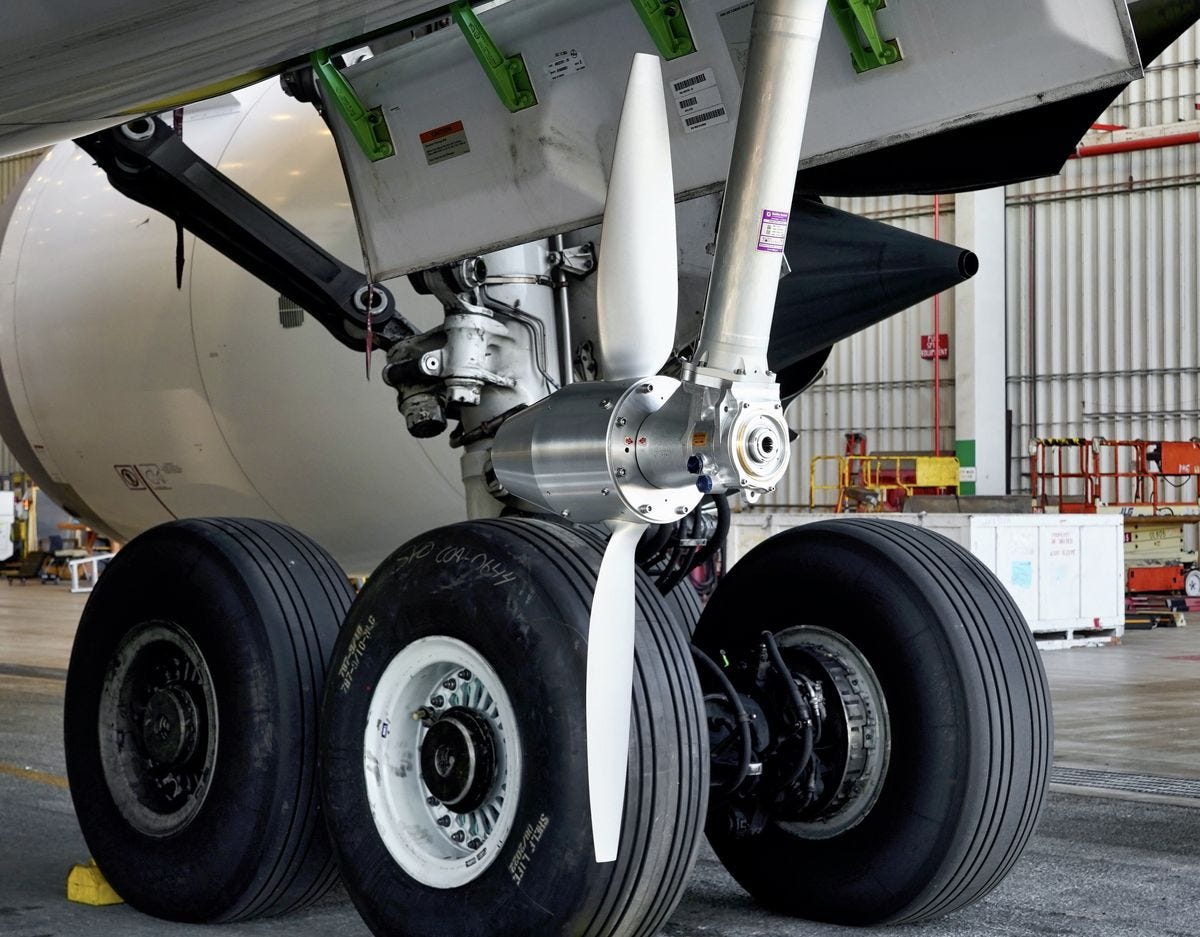
by Stephen Bryen at Weapons and Strategy
Air India Flight 171 crashed shortly after takeoff, killing all but one onboard and many people on the ground outside the airport perimeter. It is now widely understood that a preliminary report, based on information gleaned from the recovered voice and data recorders, and from simulations to test out certain scenarios, that the two fuel switches (for left and right engines) in the cockpit were turned off, shutting down the engines and deploying the RAT.
Observers say that the RAT (Ram Air Turbine, which provides emergency auxiliary power) deployed only seconds after the aircraft lifted off from the runway. The RAT deployed between 4 and 5 seconds after the aircraft cleared the runway. It would have taken another 5 seconds or more for the RAT to generate electricity. We don’t know if the cockpit went blank from lack of power in this 10 to 15 second interval. The aircraft has lithium batteries (a source of trouble in the past): but in an electrical failure you don’t know if power from the batteries would have been available.

Shutting off fuel would shut down the engines and deploy the RAT.

The Boeing 787 Dreamliner uses two main lithium-ion batteries: a main battery located in the forward electronics bay and an auxiliary power unit (APU) battery in the aft electronics bay. These batteries serve several critical functions, including starting the engines or APU, providing backup power for critical systems, and supporting ground operations.’

The voice conversations in the cockpit have not been released either in original form or transcribed. Whether they will be is unknown.
Some suggest that switching off the fuel for both engines could have been…
Continue Reading